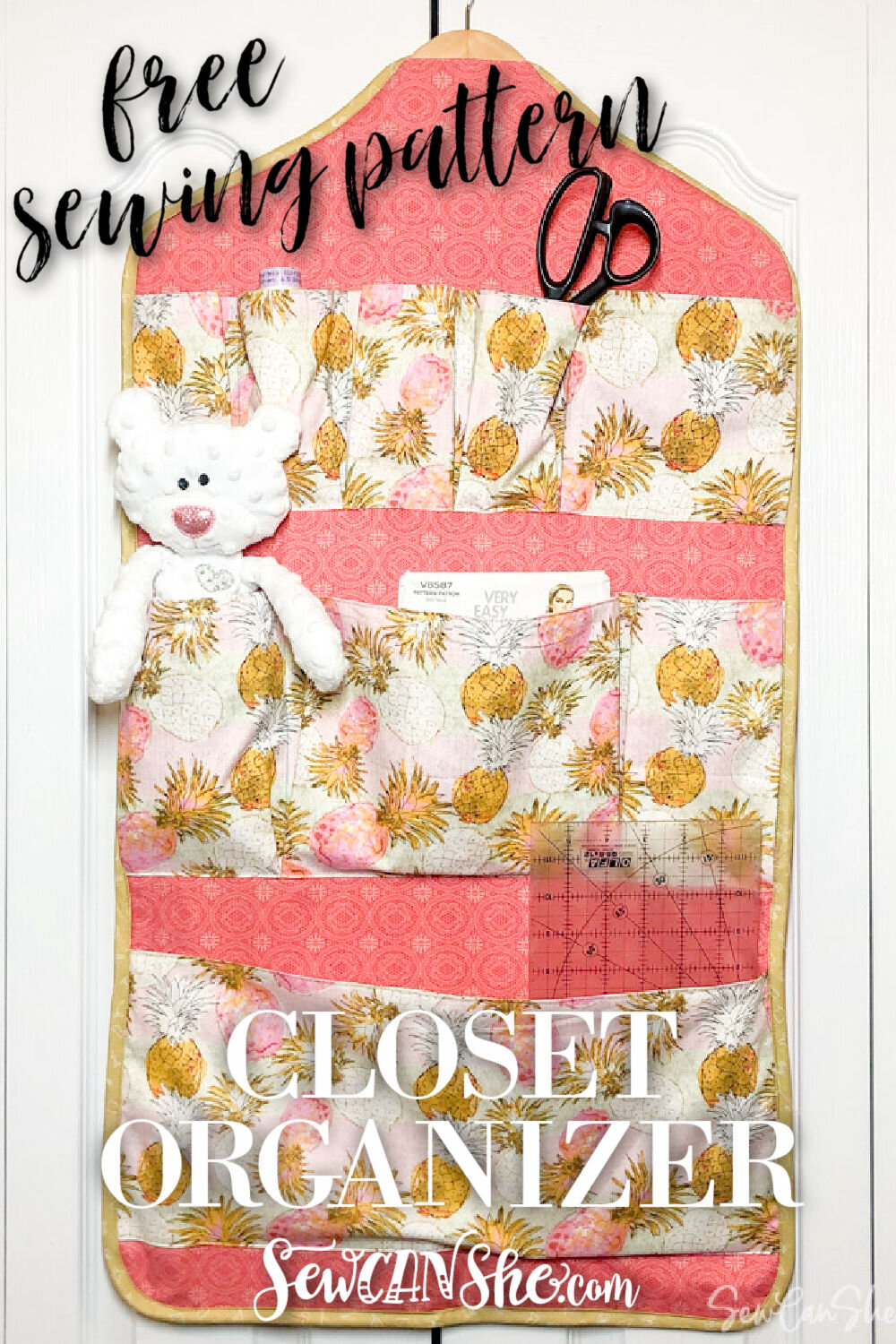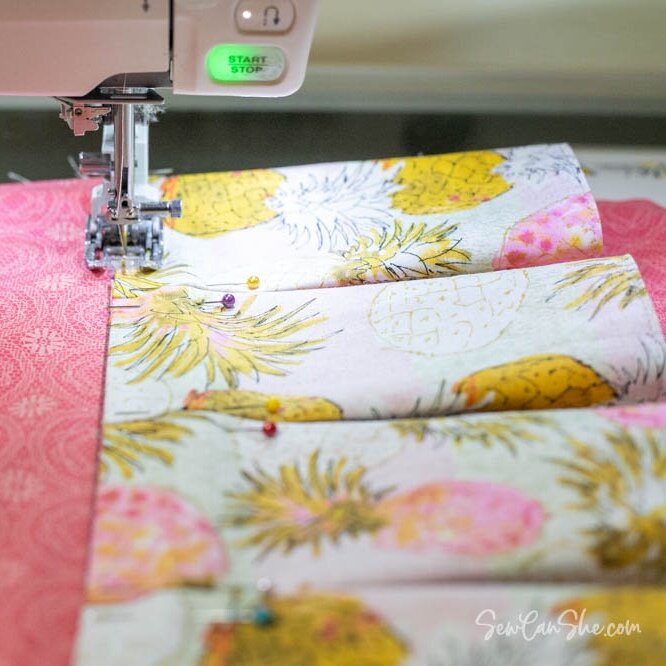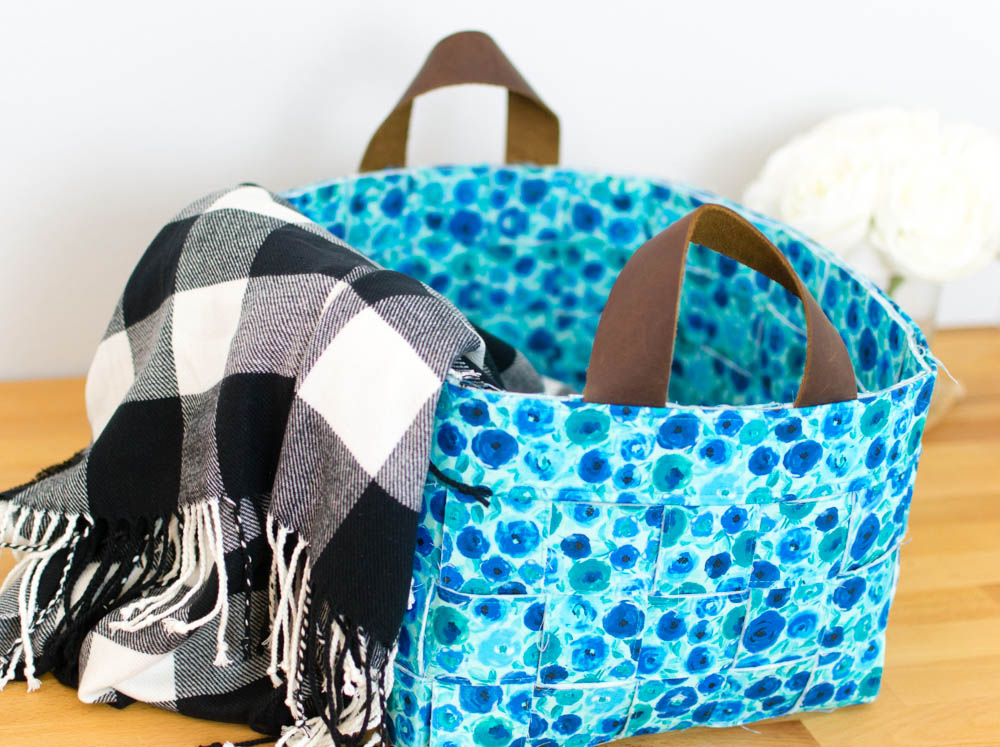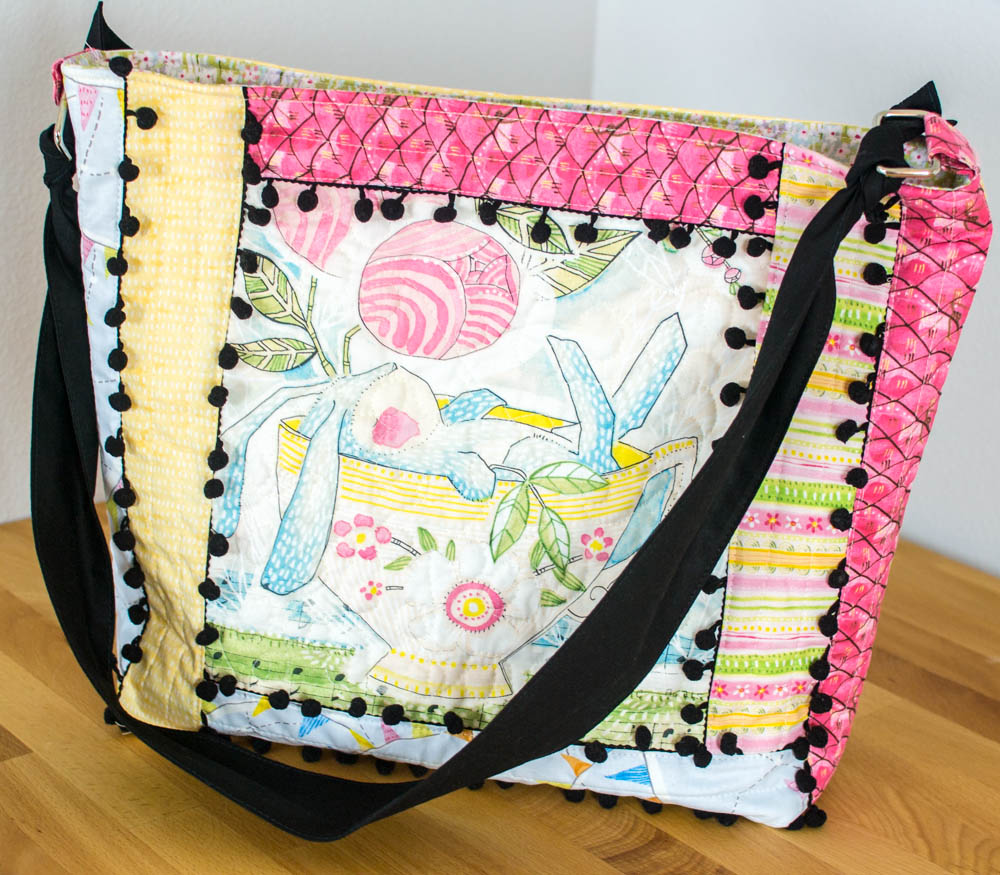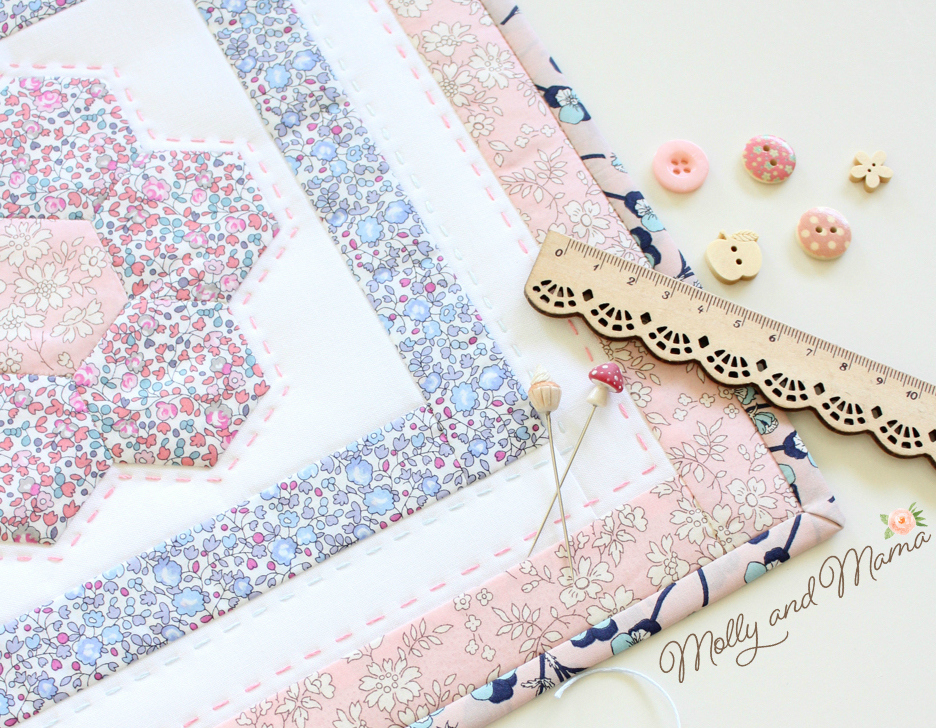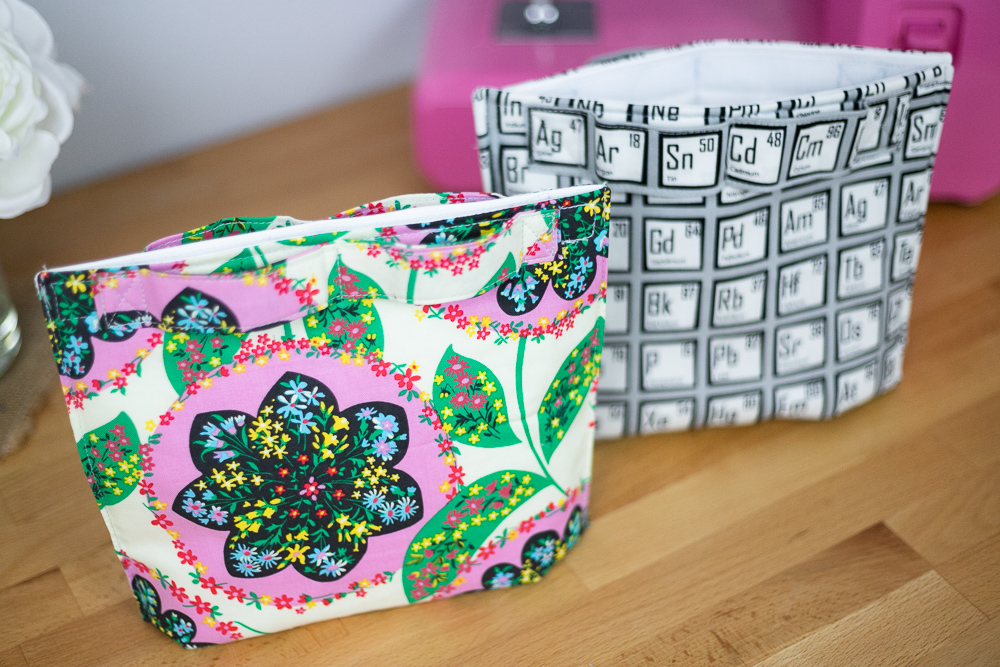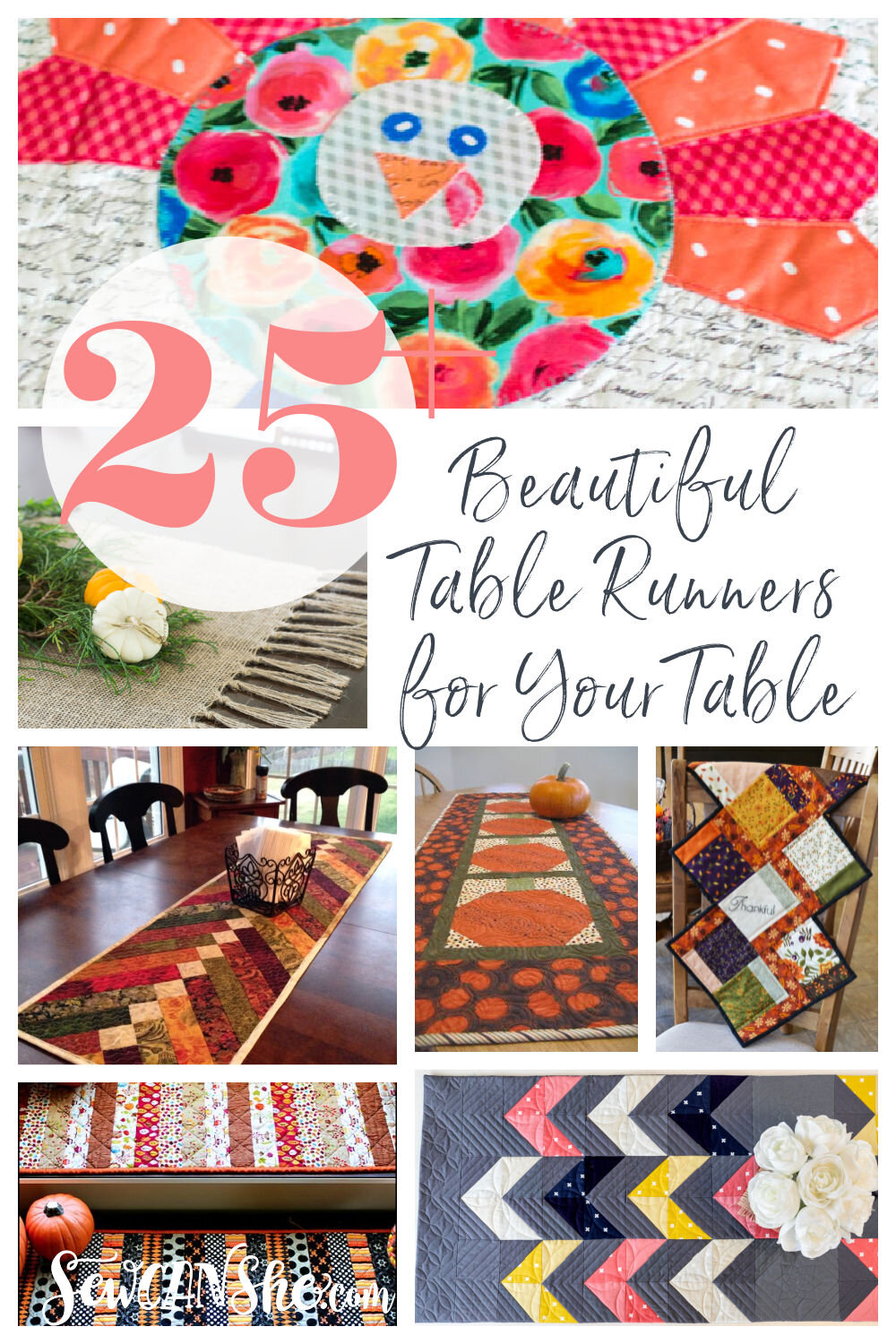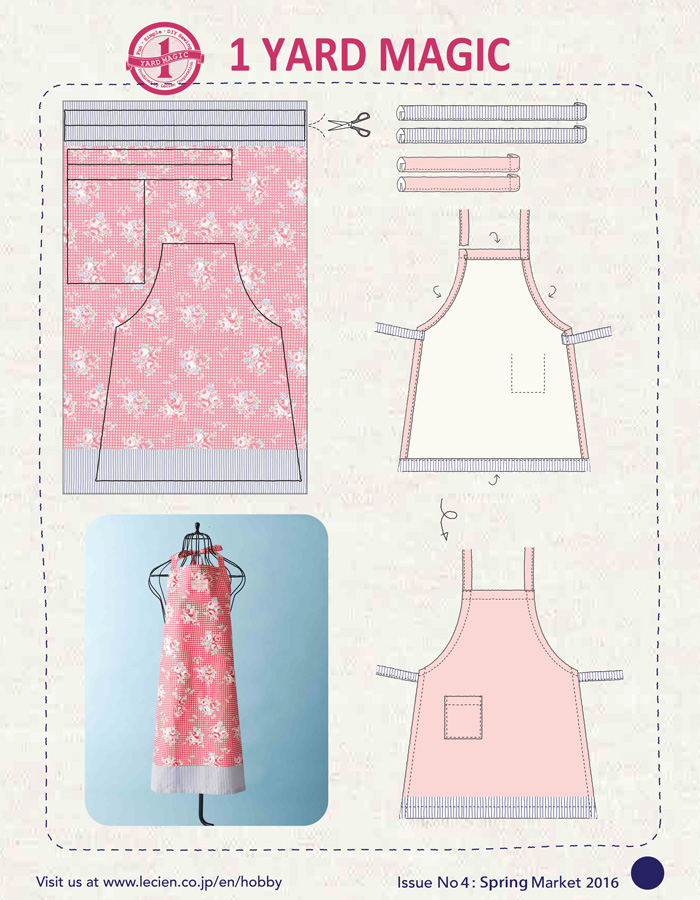Fabric Recommendations for Sewing Homemade Face Masks

All fabrics are not the same, so which should you choose for your homemade face masks? Of course any fabric face mask is better than none at all, but you can make your masks more effective by choosing the right fabric to begin with.
Experts are testing different materials and some choices are already coming out on top. I’ll share my recommendations below. You can also read this article from the NY Times.
Here are some additional resources that you may find helpful:
-
Step by step instructions for the Olson Face Mask Pattern (the one I use)
-
More tie options that I have tried, including different kinds of elastics and fabric ties.
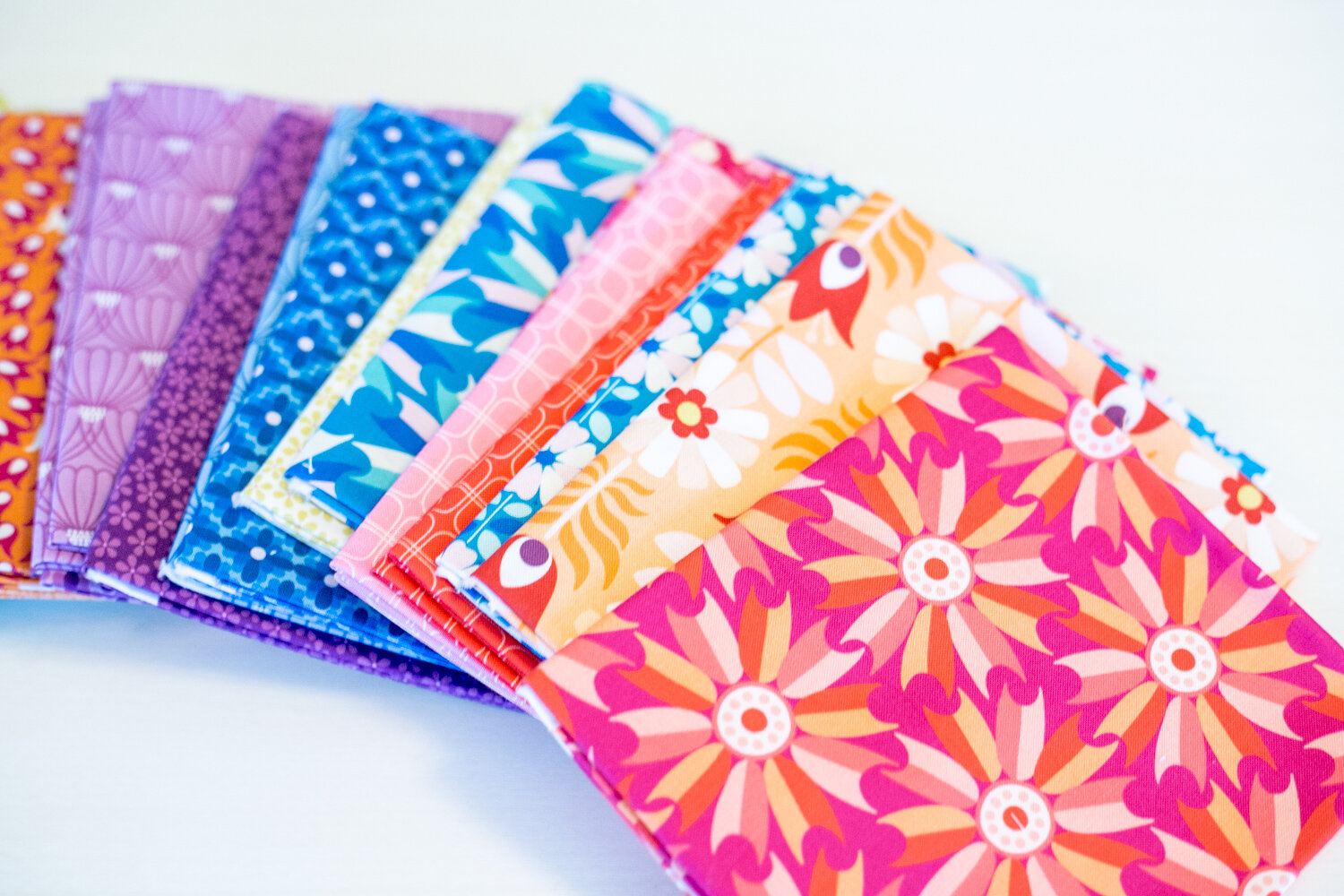
Woven cotton fabric (such as quilting cotton) has been found more effective than knit (stretchy) fabric.
If you have high quality quilting cotton available to you, such as the brands that you would buy at a quilt shop, this is the time to use it. I’m not trying to bash the fabrics that you buy at Walmart or other big box craft stores, but truthfully, there is a difference.
High quality quilting cotton costs more because it is more tightly woven. That makes it better at blocking small particles instead of letting them through.
Hold your fabric up to sunlight. If you can see through the threads – it’s not very tightly woven.
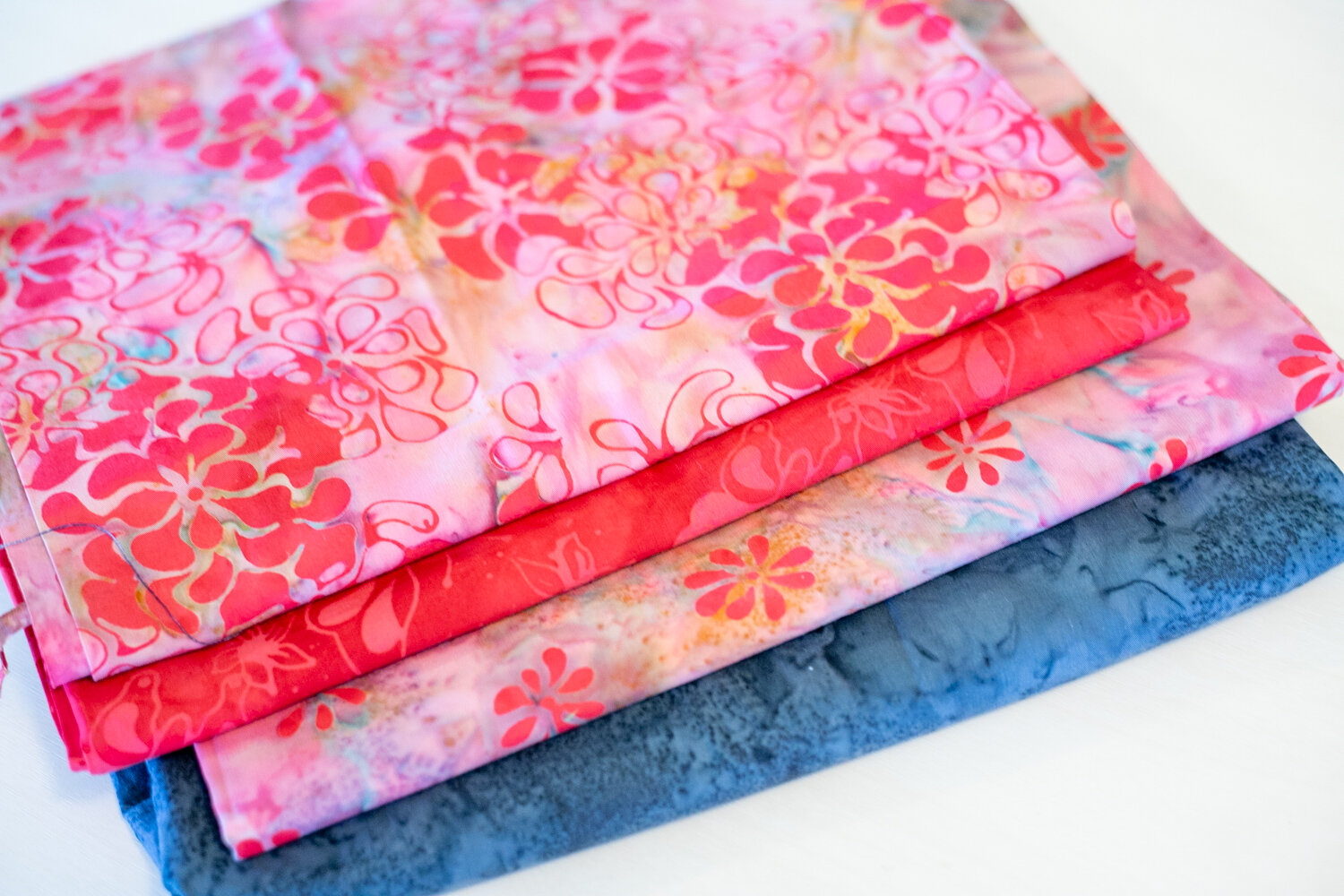
Next, did you know that batik fabrics are even more tightly woven than regular quilting cottons?
Batik fabrics are typically made in Indonesia and are decorated with a traditional process using hot wax and dye. The process requires very tightly woven fabric.
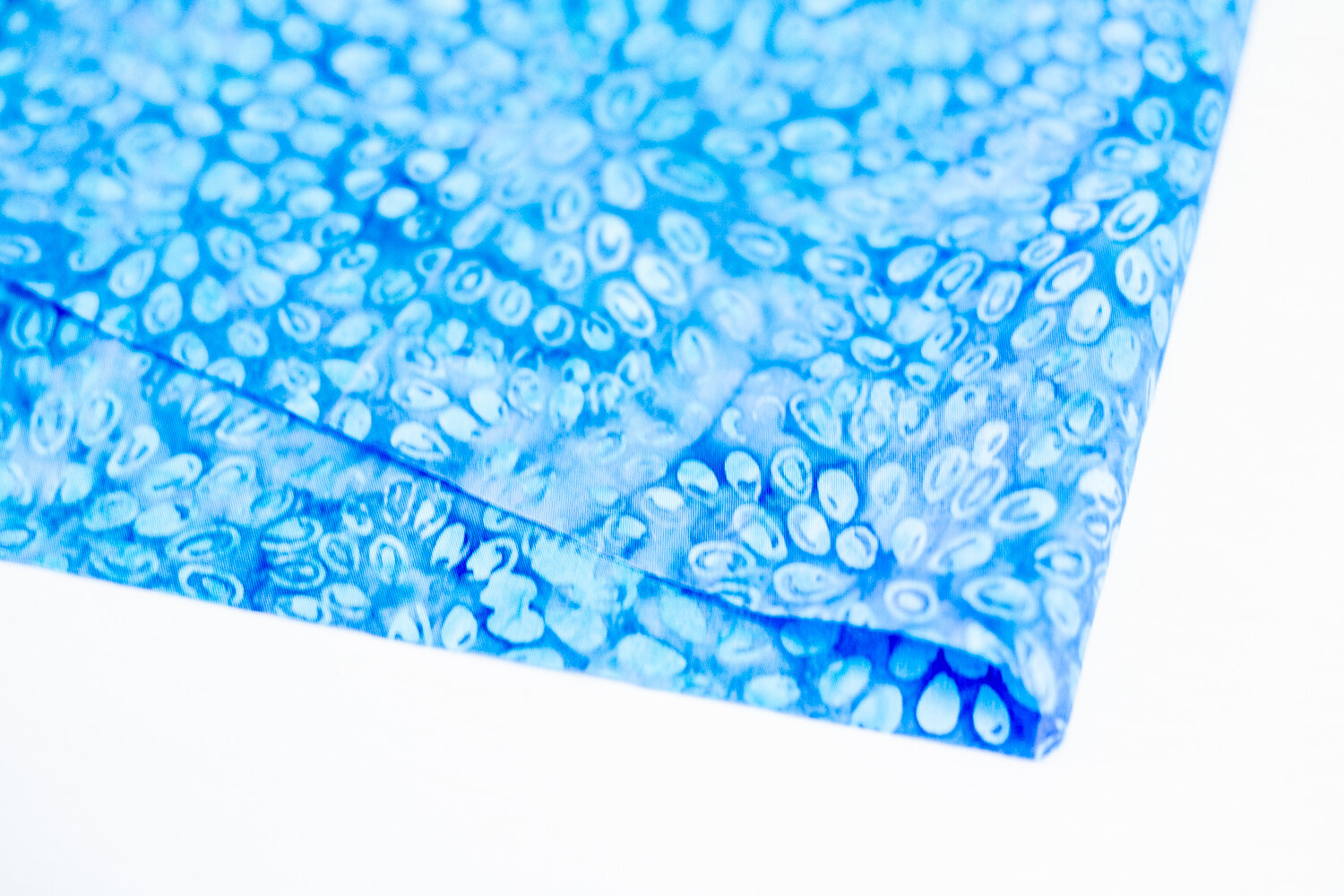
That makes batik fabrics specially suited for applique and other projects that need fabric less likely to fray.
It also makes batik fabrics great for face masks.

I don’t have a lot of batik fabric in my stash, but what I do have, I have been using to make masks using the Olson Face Mask Pattern (I also adjusted it for child sizes).
When I use fabrics that are not batik, I have been careful to select other high quality tightly woven cotton fabrics.
While a double layer cotton masks is probably all that is necessary for those of us who are not in the medical field, I also shared how I have made filters from HEPA fabric for my sister in law who is a hospital nurse.
Thank you for everything you are doing to help our communities! If your local medical providers are asking for homemade fabric face masks, they must really be in need. Let’s help them! In addition, I have put together a list of U.S. hospitals and medical facilities asking for homemade face masks. I also encourage you to check the website of your local hospital (or call them) because there is probably a need right in your own community.
Stay healthy and safe!
xoxo,

Disclosure: some of my posts contain affiliate links. If you purchase something through one of those links I may receive a small commission, so thank you for supporting SewCanShe when you shop! All of the opinions are my own and I only suggest products that I actually use. 🙂


